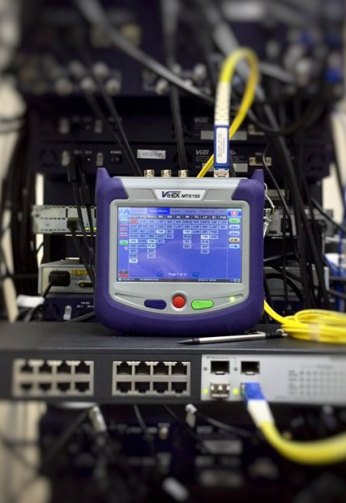Throughout history, the evolution of manufacturing industries has served as a catalyst for human transformation – transforming the way we work, our expectation of things and the way society functions.
The first industrial revolution triggered the birth of the agricultural revolution, where steam engines powered machines to increase crop yield at better quality and lower cost. Then came the discovery of electricity which played a major factor in influencing the second industrial revolution – paving the way for mass manufacturing of products in assembly-lines and factories. The third industrial revolution was driven by the emergence of computer-driven systems – making it possible to program machines and networks on human prompts.
Now, we have begun to scratch the surface of the fourth industrial revolution, otherwise known as Industry 4.0.
Spurred by the wide adoption of digitization tools and systems, Industry 4.0 focuses on autonomously completing a task by integrating digital systems to communicate with each other to make decisions based on precise analytics – empowering machines to do things that human minds, eyes and hands could otherwise handle.
This wave of connections between digital tools like IOT devices, big data, cloud computing, AI, robotics, machine learning, neural networks, AR, VR, and other digital systems, orchestrates a truly collaborative atmosphere, where products and services are built to accommodate customer insights, market demands, and evolving technologies.
Industry 4.0 opens huge opportunities for disruption to manufacturing IT services.
Ramp-up speed to market:
Delegating work to a coalition of smart systems will accelerate the speed of each process – be it physical or mental, research or production. After all, the notion of any digitized system is to provide instant results.

Dynamic and competitive products:
Powered by smart and intuitive systems, Industry 4.0 will translate every speck of data into information, be it market fluctuations, reductions of waste, etc – to build better products based on new-learning and to become resource efficient.
Customer insights become more intimate:
Industry 4.0 will usher greater levels of personalization and customer integration. Large-scale and proactive cooperation with customers will unravel key value propositions that can be easily integrated with a flexible production process.
Greater flexibility to worldwide operations:
Businesses will be liberated from carrying data in silos and will create a global-value-chain, where customer, suppliers, and manufacturers are inter-connected and flexible enough to seamlessly incorporate market demands.
When human workers become spectators:
With a shortage of skilled workers, employing automated machines as the workers of the future is inevitable. Industry 4.0 focuses on easing the work-life balance of human workers by turning their focus to more creative and value-added pursuits, while ensuring dangerous or tedious work activities are assigned to machines.
Conclusion:
Industry 4.0 is already on course to reshaping the future of manufacturing; DHL and Amazon employ autonomous mobile robots (ARM) to transport packages around the warehouse using smart-system to deliver the package in relevance to its delivery schedule. Digitized ports in cities like Shanghai, Rotterdam and Hamburg have been steering processes independently throughout the entire value chain be it logistics, tracking or safety systems using a series of connected digitized solutions and robotics.
We live in exciting times, where innovations will lead to more expansive technological advancements and life-altering disruptions. Can manufacturing industries step-up to the pace of progress or be overwhelmed?


